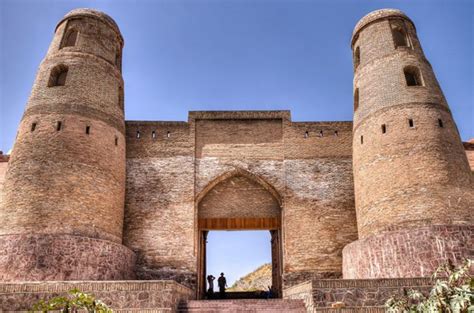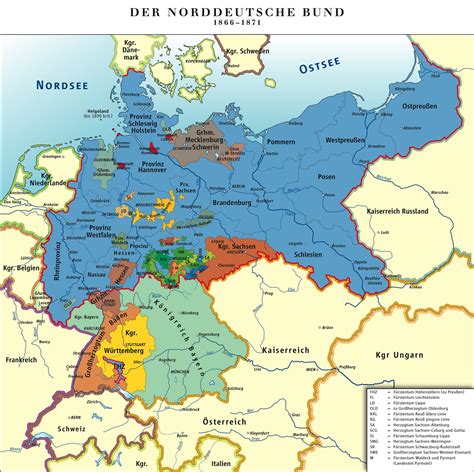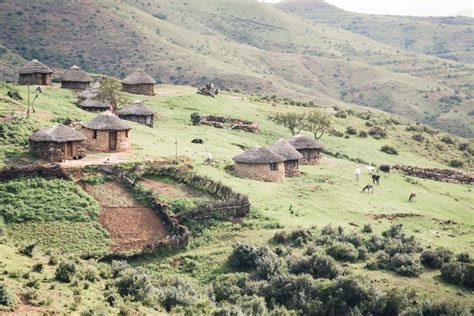Discover Tajikistan’s fascinating history, from Persian influence to Russian conquest, and its modern development and cultural heritage. Explore Tajikistan’s journey to independence.
Early History of Tajikistan
Contents
Tajikistan has a rich and diverse history that dates back thousands of years. The early history of Tajikistan can be traced back to the ancient Persian civilization, with the region being part of the Achaemenid Empire and later the Sassanian Empire. The Persian influence on the culture, language, and religion of Tajikistan can still be seen today.
The region also saw the rise and fall of various empires, including the Macedonian, Kushan, and Sassanian empires, which further shaped the history of Tajikistan. The Silk Road, an ancient network of trade routes, also played a significant role in the early history of the region, connecting Tajikistan to other cultures and civilizations.
During the Islamic Golden Age, Tajikistan became a center for learning and culture, with scholars and scientists making significant contributions to various fields such as mathematics, astronomy, and medicine.
Furthermore, the region was also part of the Mongol Empire and later the Timurid Empire, experiencing periods of both prosperity and decline.
The early history of Tajikistan is a testament to the region’s rich and diverse past, with influences from various civilizations and empires contributing to its cultural heritage and development.
Influence of Persian Culture
The influence of Persian culture on Tajikistan dates back to ancient times, when the region was part of the Persian Empire. Persian culture has had a significant impact on the language, literature, art, and traditions of Tajikistan. The Persian language, known as Tajik, is widely spoken in the country and is an important part of its cultural identity.
One of the most notable aspects of Persian influence in Tajikistan is its rich literary tradition. Tajik literature is greatly influenced by the works of Persian poets such as Rumi, Hafez, and Ferdowsi. These poets are revered in Tajik society and their poetry is often recited at important cultural events.
Persian culture has also left its mark on the architecture and art of Tajikistan. Many of the historical buildings in the country are influenced by Persian design, and traditional crafts such as carpet weaving and pottery have been shaped by Persian artistic techniques.
Furthermore, Persian traditions and customs are deeply ingrained in the daily life of Tajikistan. From family celebrations to religious festivals, the influence of Persian culture can be seen in the rituals and practices of the Tajik people.
Russian Conquest and Colonization
The Russian conquest and colonization of Tajikistan began in the late 19th century when the region was part of the Russian Empire. This period marked a significant turning point in Tajikistan’s history, as it came under the domination of a foreign power for the first time.
During this time, the Russian Empire sought to expand its territory and influence in Central Asia, which was seen as a strategically important region. The conquest of Tajikistan was part of this larger effort to assert Russian control over the region and secure valuable resources such as cotton and other agricultural products.
As a result of the conquest, Tajikistan became a part of the Russian Empire and experienced significant changes in its political, social, and cultural landscape. Russian colonial authorities imposed their own administrative system and institutions, which significantly altered the traditional power structures and social dynamics in Tajik society. Additionally, the Russian government encouraged the migration of Russian settlers to the region, which further transformed the demographic and economic composition of Tajikistan.
Furthermore, the Russian conquest and colonization had a lasting impact on Tajik culture and identity. The imposition of the Russian language and educational system led to a decline in the use of the Tajik language and knowledge of traditional customs and practices. Moreover, the introduction of Russian Orthodox Christianity and other aspects of Russian culture had a profound influence on the religious and cultural beliefs of the Tajik people.
Overall, the Russian conquest and colonization of Tajikistan had far-reaching consequences for the region, shaping its political, social, and cultural development in significant ways.
Tajikistan’s Independence Movement
In the late 1980s, as the Soviet Union began to falter, Tajikistan saw a surge in nationalist movements calling for independence. The desire for autonomy and self-governance had been growing among the Tajik people for years, and the crumbling of the Soviet regime provided the perfect opportunity to push for independence.
Many Tajiks were inspired by the movements in other Soviet republics, such as the Baltic states and Ukraine, and sought to follow in their footsteps. Protests and demonstrations became increasingly common as the people of Tajikistan voiced their desire for freedom from Soviet rule.
The Soviet government, however, was not willing to relinquish control easily, and the struggle for independence in Tajikistan was not without its setbacks and challenges. The situation escalated into a full-fledged civil war, with various factions fighting for power and influence in the region.
After years of conflict and instability, Tajikistan finally declared its independence in 1991, following the collapse of the Soviet Union. This marked a significant turning point in the country’s history, as it sought to establish itself as a sovereign nation and build a new future for its people.
The legacy of Tajikistan’s independence movement continues to shape the country’s politics, society, and culture to this day, as the nation works to overcome the challenges of the past and carve out a path towards a prosperous and peaceful future.
Modern Development and Cultural Heritage
In recent years, Tajikistan has experienced significant growth and development, particularly in the areas of infrastructure, technology, and education. The government has made efforts to modernize the country, investing in new transportation networks, telecommunications, and energy production. This focus on development has helped to improve the quality of life for many Tajik citizens, providing them with greater access to resources and opportunities.
Despite these modern advancements, Tajikistan is also deeply rooted in its rich cultural heritage. The country is home to a diverse range of traditional crafts, music, and dance, which have been passed down through generations. The people of Tajikistan take great pride in their cultural traditions and are dedicated to preserving and celebrating their unique heritage.
One of the most significant cultural symbols of Tajikistan is the ancient city of Bukhara, which has been recognized as a UNESCO World Heritage site. This historic city is home to numerous well-preserved buildings and landmarks that showcase the country’s architectural and artistic achievements. Visitors to Tajikistan are often captivated by the beauty and complexity of its cultural heritage.
As Tajikistan continues to modernize and grow, it is crucial that the country remains committed to preserving its cultural identity. Efforts must be made to ensure that traditional customs and practices are not overshadowed by rapid development. By striking a balance between modernization and cultural preservation, Tajikistan can chart a course for a prosperous and vibrant future that honors its rich heritage.













